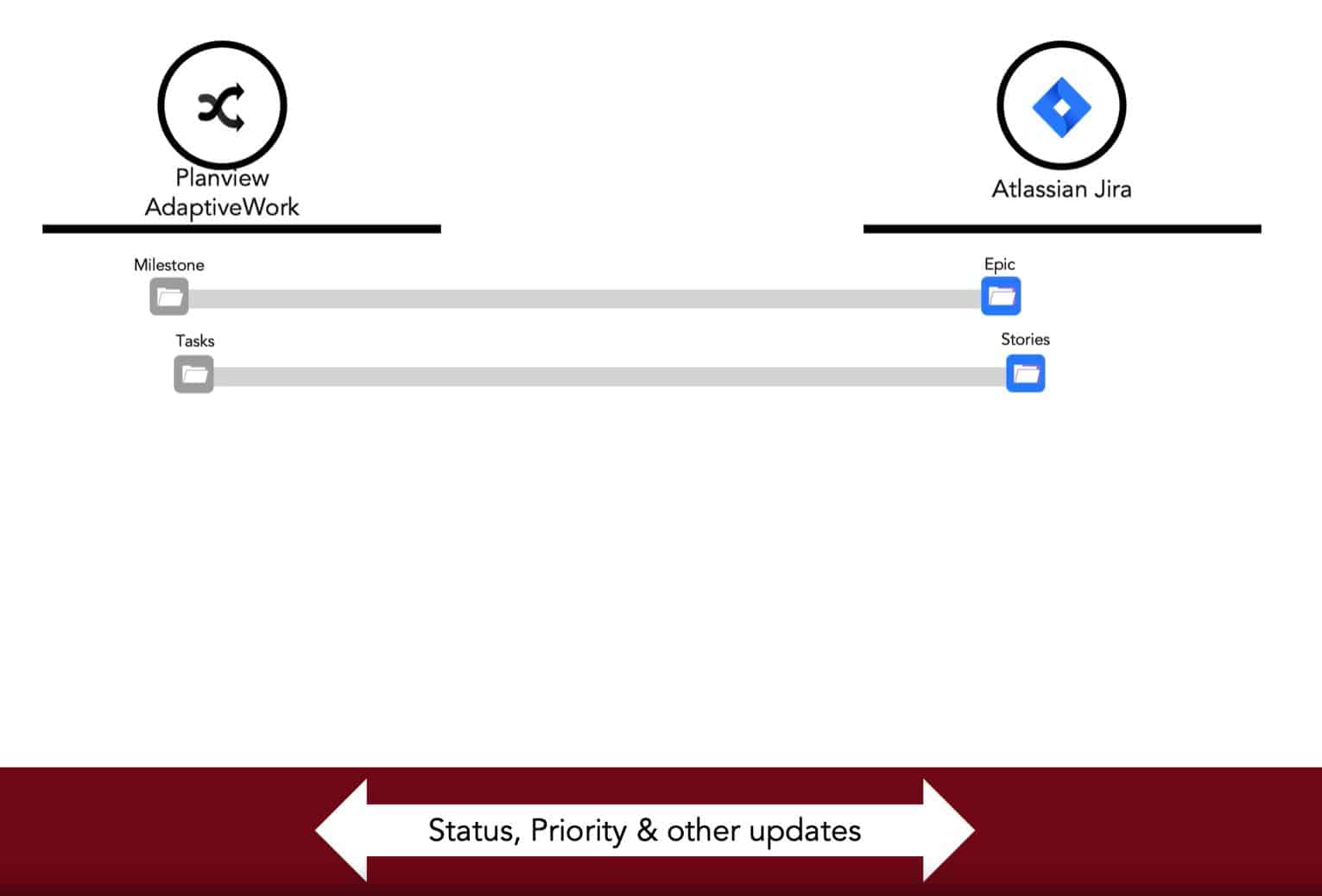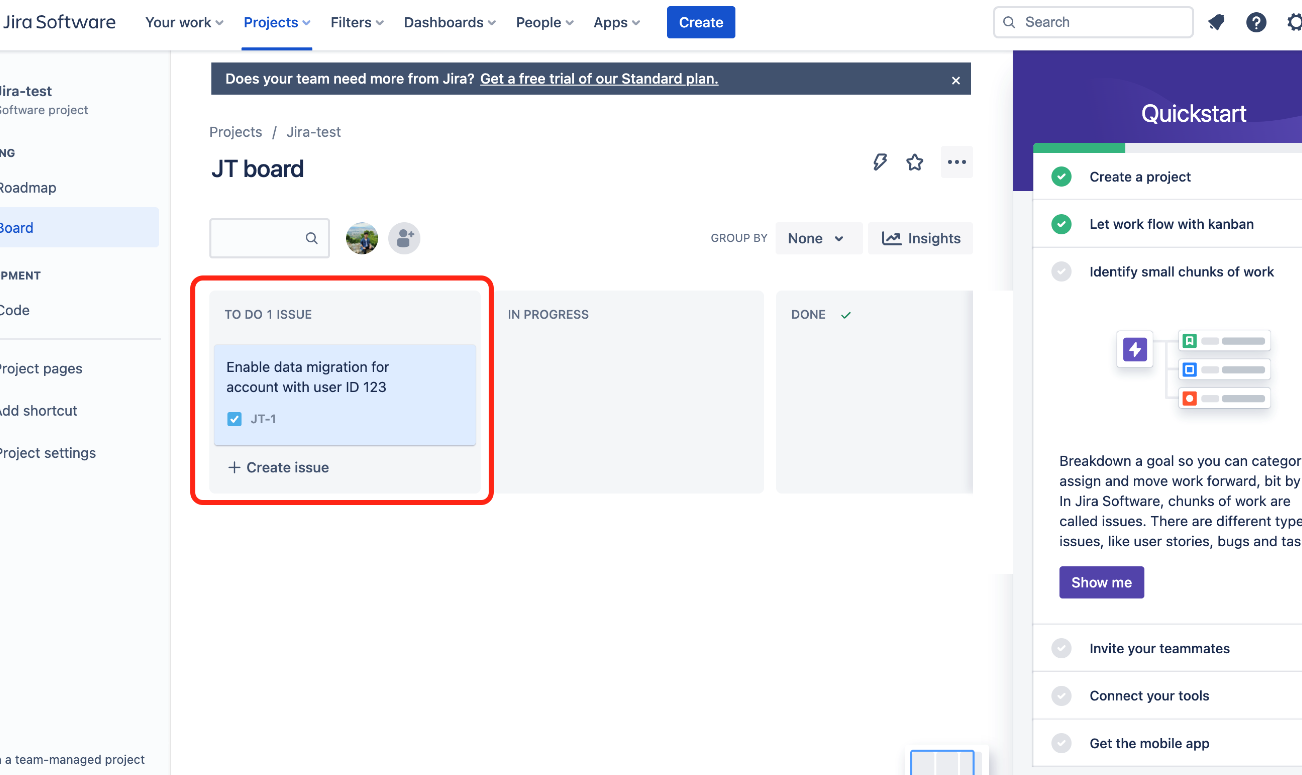Jira represents a significant advance in bug tracking management, providing development teams with an optimized environment for capturing, tracking, and resolving issues. With its robust features, this tool not only allows for the centralization of bug reports but also facilitates collaboration among various stakeholders. Users can establish clear and automated processes, ensuring smooth and efficient management. By integrating multiple alert channels and offering tailored templates, Jira transforms how teams tackle bug issues, thus freeing up time to focus on innovation and efficiency.
The use of Jira for bug tracking offers a systematic and effective approach throughout the development process. By creating a centralized space, users can easily submit reports and facilitate the management of tickets. With the implementation of alert channels, teams can receive real-time notifications regarding reported issues. The automation of tasks, particularly through pre-established tracking templates, simplifies the capture and resolution of bugs while maintaining an optimized workflow. Jira also allows for the integration of other tools, thereby promoting seamless collaboration among different departments. Finally, good management of backlogs and wise prioritization of bugs ensure agile and responsive development, transforming the way teams approach technical challenges.

In the world of software development, managing bugs is an essential process. Users of tracking tools know how much effective bug tracking can influence the quality and pace of deliveries. Among the many existing solutions, Jira stands out as a powerful tool offering a multitude of features suitable for managing issues.
Table of Contents
ToggleA Centralized System for Bug Tracking
The first revolution brought by Jira is its ability to centralize all information related to bugs. With an intuitive interface, users can easily submit error reports in a single space. This way, every team member can view the current status of various issues. This helps avoid information loss and maintain a detailed history of each problem. By centralizing communication, Jira also ensures a seamless collaboration between departments, allowing for better traceability of interventions.
To optimize this centralization, it is essential to create alert channels within Jira. This refers to the implementation of automatic notifications to inform the concerned members when a bug is reported, updated, or resolved. These alerts help ensure that the entire team remains informed in real time about the issues encountered and their status of progress.
Automation and Workflow Optimization
Jira is not just a simple tracking board. One of its strengths lies in its potential for automation. Indeed, it is possible to configure rules and automation to streamline the tracking process. For example, when creating a ticket, pre-configured actions can be triggered, such as prioritizing bugs or automatically assigning it to a team member. This not only saves time but also improves responsiveness to emergencies.
To go further, Jira also offers customizable templates for bug tracking. These templates allow teams to maintain a uniform format in documenting issues, thus facilitating their search and resolution.
Another appreciated feature is the option to integrate Jira with other tools. For instance, if used in tandem with platforms like Slack, notifications can be directly transmitted via instant message, ensuring that managers are always aware without having to constantly check Jira.
Analysis and Continuous Improvement through Jira
Jira does not merely manage bugs; it also allows for in-depth analyses of project performance. With advanced reporting tools, teams can track trends on issues, identify sources of recurring problems, and make informed decisions to improve their processes. This encourages a cycle of continuous improvement that is essential in today’s dynamic technological environment.
The integration of feedback into Jira, as described in this link here, offers a proactive approach to recognizing possible improvements. By regularly collecting user feedback on the platform, teams can adjust their working methods and avoid repeating the same mistakes, thus enhancing the overall efficiency of the development process.
In conclusion, using Jira as a bug tracking tool is multifaceted and brings considerable benefits. By centralizing information, automating tasks, and facilitating analyses, this software positions itself as a valuable ally for any team looking to optimize its management of issues.











